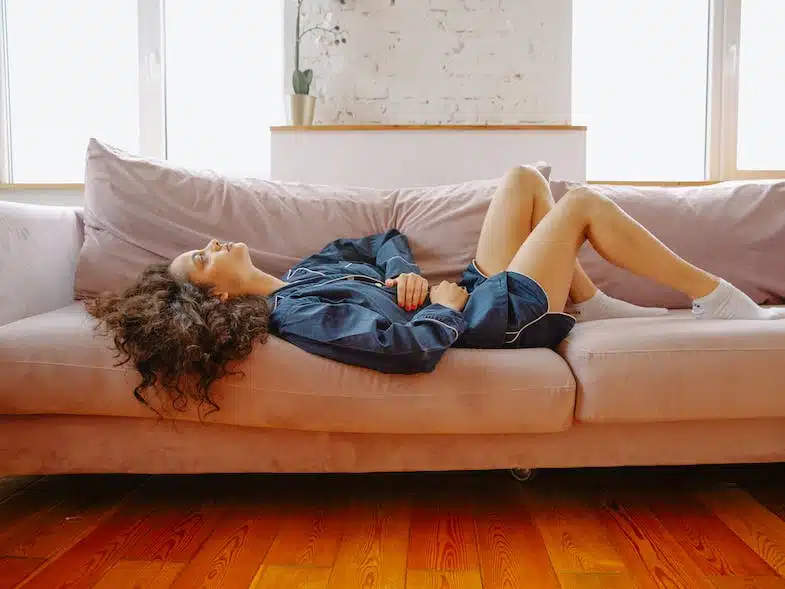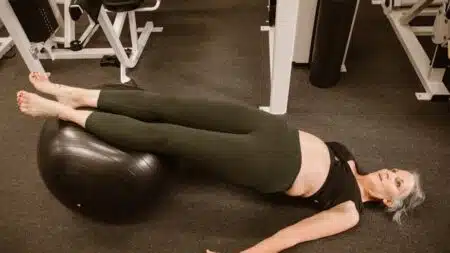The body’s smallest organs weave profound influence over daily quality of life yet hide in silence. So when this delicate bladder triggers misery rather than easy relief, the resulting disorder – interstitial cystitis (IC) – often evades diagnosis for years, quietly brewing pain and chaos. Yet arm yourself with key facts and this complex condition becomes surprisingly manageable. Recognizing subtle symptoms early and leveraging innovative treatments brings hope of reclaiming freedom once believed lost.
What is Interstitial Cystitis?
Known as painful bladder syndrome outside the US, interstitial cystitis involves chronic inflammation of the bladder wall itself. While the root triggers remain unknown, researchers suspect defects in the protective mucus lining permit urine to penetrate bladder tissues and provoke immune response.
As the body tries desperately to wall off these microscopic leaks in the lining of the bladder, the resulting irritation, swelling, and spasms cause profound and dysfunctional urgency signals. Unlike quickly-resolving infections, the symptoms typically persist and fluctuate daily, disrupted only briefly by bladder numbing medications.
The perpetual urge to void urine, a symptom of IC, disrupts not only work, exercise and travel but also sleep and intimacy. The condition breeds isolation and depression as simple social events become endurance trials. Patients average 7 years seeking accurate diagnosis while repeatedly told “it’s all in your head”.
Subtle Signs and Symptoms of Interstitial Cystitis (IC)
Since IC symptoms imitate various bladder infections or pelvic conditions, clueful pattern recognition over time facilitates proper diagnosis. Doctors focus testing on categorizing and potentially managing symptoms when possible, since blood and urine tests often appear normal, like in cases of bladder cancer.
Typical red flags indicating IC rather than routine infection include:
- Urgency to void up to 60 times daily regardless of true bladder fullness
- Frequently waking multiple times nightly to empty bladder
- Pelvic heaviness or burning discomfort worsening as bladder fills up
- Muscular tension extending into hips, low back and groin regions
- Sharp pain upon sexual penetration provoking spasms
- Symptoms reliably aggravated by various dietary or chemical triggers
Note the widespread impacts of pain syndrome, reaching beyond bowel and bladder to clench muscle groups in hopes of preventing leakage. This guarding reflex, a common interstitial cystitis symptom, escalates tension, spasm and pain over months.
Since other disorders like endometriosis, pelvic floor dysfunction and nerve-based central sensitization provoke similar symptoms, an expert eye assesses subtle distinguishing patterns before confirming IC. Explore asking your providers more probing questions:
- Have you systematically ruled out other potential diagnoses like irritable bowel syndrome and urinary tract infection first?
- Does my pelvic pain actually precede feeling an imminent need to urinate?
- Do known IC triggers like caffeine, citrus and spices reliably worsen my symptoms?
- Could pelvic floor or abdominal muscle spasm play any role?
Quieting Chronic Bladder Inflammation
Though no definitive cure exists yet, many patients do experience periods of significant recovery through comprehensive treatment plans aiming to:
- Soothe bladder wall irritation directly
- Retrain the brain-bladder communication pathways to manage bladder pain syndrome.
- Address secondary muscle tension and nerve sensitization
Rather than a single magic bullet, the most effective approaches combine oral medications, nerve-numbing bladder instillations, targeted physical therapy and self-care strategies.
Interstitial Cystitis Treatment Options
Interstitial cystitis management includes:
Bladder Retraining
- Reprogramming urgency signals
- Postponing voiding
- Resisting fear of leakage
Oral Medications
- Tricyclic anti-depressants
- Antihistamines
- Immune modulating drugs
Bladder Instillations
- Directly coating tissues
- Local anesthetics may be used to manage the symptoms of bladder pain syndrome.
- Anti-inflammatory DMSO
Pelvic Floor Physical Therapy
- Stretching and relaxing muscles
- Reducing spasmodic guarding
- Quieting nerves
Dietary Adjustment
- Identifying personal food sensitivities
- Limiting inflammatory triggers
Stress Reduction
- Addressing fear/anxiety
- Fostering self-care time
No quick fix resolves years of dysfunction, so pacing expectations remains vital even when symptoms may persist. But accurately understanding the driving mechanisms facilitates utilizing the optimal combination of tools at the right time.
Navigating Interventional Procedures
For those experiencing severe, untenable pain disrupting all normal life activities, more interventional options offer a vital lifeline before considering surgical bladder removal.
Minimally invasive choices include:
- Botox injections to numb the bladder lining can help manage the symptoms of bladder pain syndrome.
- Implanted peripheral nerve stimulators
- Injected bulking agents to shore up defective lining
These innovative technologies provide substantial relief for many previously housebound patients.
Restoring Hope and Healing Through Knowledge
Just recognizing IC as a legitimate – rather than dismissed – disorder brings immense emotional relief after years questioning their own sanity. While no definitive cure for the root inflammatory causes exists yet, support and community foster healing.
Arm yourself with the latest information, find practitioners familiar with IC’s variable nature and don’t lose hope. Then gradually implement balanced self-care strategies addressing the mind, body and nervous system together, aiming to relieve symptoms of IC. With personalized patience and diligence, many discover renewed quality of life beyond the urgency and isolation imposed by interstitial cystitis.
Navigating an IC Diagnosis
Since interstitial cystitis goes undetected for years in many patients, asking the right questions is key to revealing subtle clues distinguishing it from routine infections.
Red flag symptoms suggesting IC include:
- Pressure and discomfort preceding urgency signals
- Creeping urgency slowly worsening over years
- Post-void residual urine volumes exceeding 100 cc
- Aggravation sparked by common dietary triggers
If you experience distressing urinary urgency exceeding 12 times daily, waking most nights or disruption with certain foods/drinks, check for these key indicators before accepting “frequent bladder infections” as the only explanation.
What causes interstitial cystitis?
While definitive evidence on universally provocative substances remains limited for IC, patients frequently self-identify personal triggers amplifying symptoms.
Common contributors suggesting elimination trial include certain foods that may make symptoms worse, such as:
- Caffeine
- Citrus fruits/juices
- Tomatoes/spices
- Wheat/gluten
- Soy, corn and beans
- Alcohol
- Tobacco
Also note if emotional or physical stress reliably aggravates your experience. Keeping a detailed symptom journal clarifies connections.
Experiment judiciously eliminating one food type weekly, then cautiously reintroducing to check for subtle effect. The strictest elimination protocols remove everything then slowly add back categories one at a time.
Healing IC Through Self-Care
While no “one size fits all” protocol exists for managing Interstitial Cystitis, incorporating positive self-care practices empowers taking control of your health regardless of fluctuating daily symptoms.
Helpful proactive self-care strategies include:
- Prioritizing stress reduction activities
- Participating in counselling or support groups
- Practicing relaxing yoga poses
- Getting pelvic floor physical therapy
- Drinking anti-inflammatory herbal teas
- Scheduling consistent times for sleeping and eating can help manage symptoms of urinary tract infections.
- Avoiding bladder irritants like citrus juices
- Using hot packs, baths and vaginal valium
- Resisting fear of worsening symptoms
- Accepting limitations compassionately is a crucial part of managing chronic pain linked to IC.
Practicing consistent self-regulation and lifestyle balancing facilitates circumventing the shame and isolation IC fuels. Arm yourself with the latest information and don’t lose hope – thousands discover daily relief possible with interstitial cystitis through patience and diligence applying combined self-care strategies.



